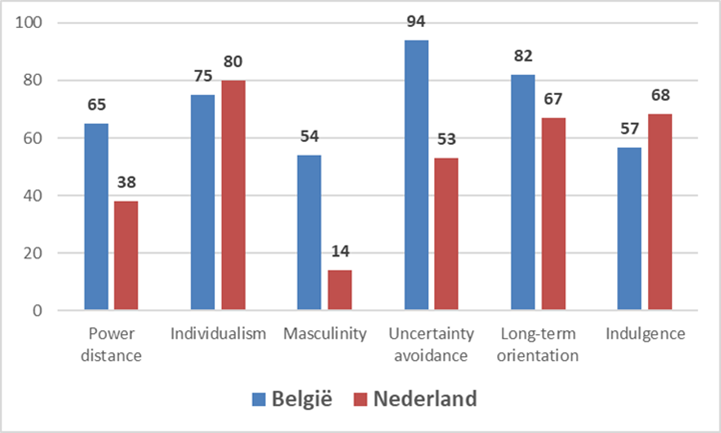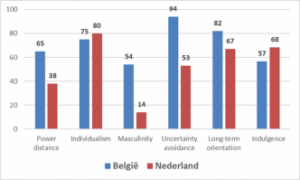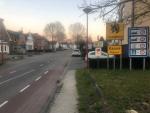Working at home and doing some fieldwork. It is my pleasure to look up and walk the border during my lunch break or in the evening, because I want to know how our southern neighbours marked the border. The Dutch-Belgian border is about 300 metres from me. Only recently did I realise that my father once guarded that border, in the 1960s as a member of the Royal Military Police. With European unification, the border became less and less visible, until the coronavirus struck. Without a commuter vignette, you are no longer allowed to pass on the main roads. By car on the many shortcuts is not possible due to the roadblocks and fences placed everywhere. By bike or on foot is possible, sometimes with some difficulty, but not allowed. Not a Dutch policeman to be seen, but many Belgian officers. They are enforcing the rules that have been tightened each time in recent weeks.
Unfortunately, what has also intensified is the tone about the Netherlands. Some Flemish mayors are stoking the fire towards the Netherlands, which is said to be lax and late in the fight against the coronavirus, causing the Dutch to spread the virus in Belgium.[1] One can get sad about the false tones on the other side of the border.[2] Although the measures taken differ slightly between the two countries, it is very quiet on the streets, in Belgium as well as in the Netherlands. We share the virus and we share the dead. However regrettable, the number and rise are relatively the same in Belgium and the Netherlands. [3]
There should be more understanding of the country’s national awareness and timing of introducing measures, of the culture of deciding and enforcing, of how authority versus autonomy is viewed, and of the different national healthcare systems, with little involvement of the European Union.
Cultural differences between countries can be understood by adding Hofstede’s influence dimensions (see chart below). There are six of them, but the biggest differences between the Netherlands and Belgium are the scores on the dimensions ‘power distance’ and ‘masculinity’. In short, the Dutch are more independent and value hierarchy less than the Belgians, and seek support through negotiation and compromise. In crisis situations, this can lead to costly loss of time in the Netherlands before taking action. There is also a big difference on the so-called uncertainty avoidance dimension. This means that Belgians value security highly, and expect security to be regulated with firm authority from on high. These are stereotypes, but how apt in the light of Belgian and Dutch measures against the coronavirus!
Chart: Comparison Hofstede dimensions Netherlands-Belgium (enlarged version)[4]
© gertjanhofstede.com


So, for the sake of their security, the Belgians meticulously demarcate the border, even if it has to pass right through the middle of the half-opened Zeeman shop of Belgian Baarle Hertog and Dutch Baarle Nassau.[5] In the eyes of the Belgians, this is understandable, and also that they find the Dutch lax and late with their policies. However, in both countries, citizens and the media are full of praise for their national leaders and experts. This is where the lack of coordination between governments avenges itself, pitting citizens of the Netherlands and Belgium against each other.
I found a curiosity in front of (the Dutch) Château Neercanne near the Maastricht-Kanne border, where the fences and ribbons are dozens of metres from the official border on Dutch territory. The beautiful 1843 border posts, the tarmac and Google Maps are unequivocal in where the border runs. Actually, the Belgian policemen patrolling the fences should have a vignette to stay on Dutch territory……

Photo of Kanne-Maastricht border crossing by Frank Cörvers. At the bottom of the photo you can just make out the tarmac transition: that’s where the border is.
By Frank Cörvers, professor of ‘Demographic transition, human capital and employment’ at the School of Business and Economics (SBE) and associated with the Institute for Transnational and Euregional cross border cooperation and Mobility / ITEM and Neimed.
